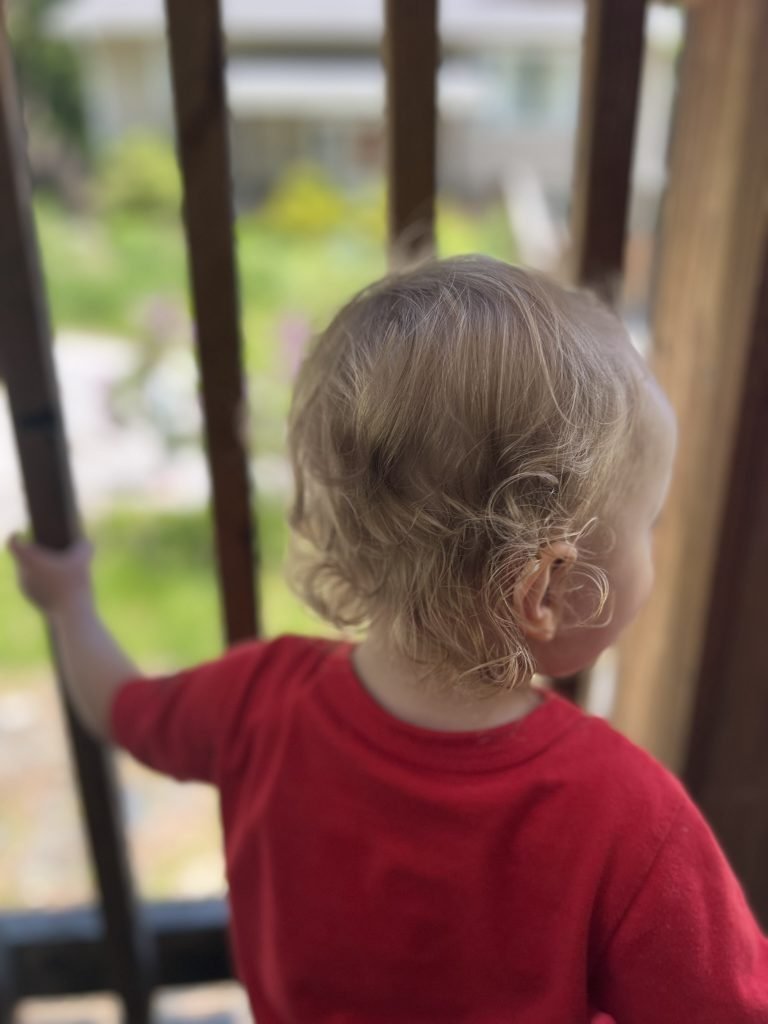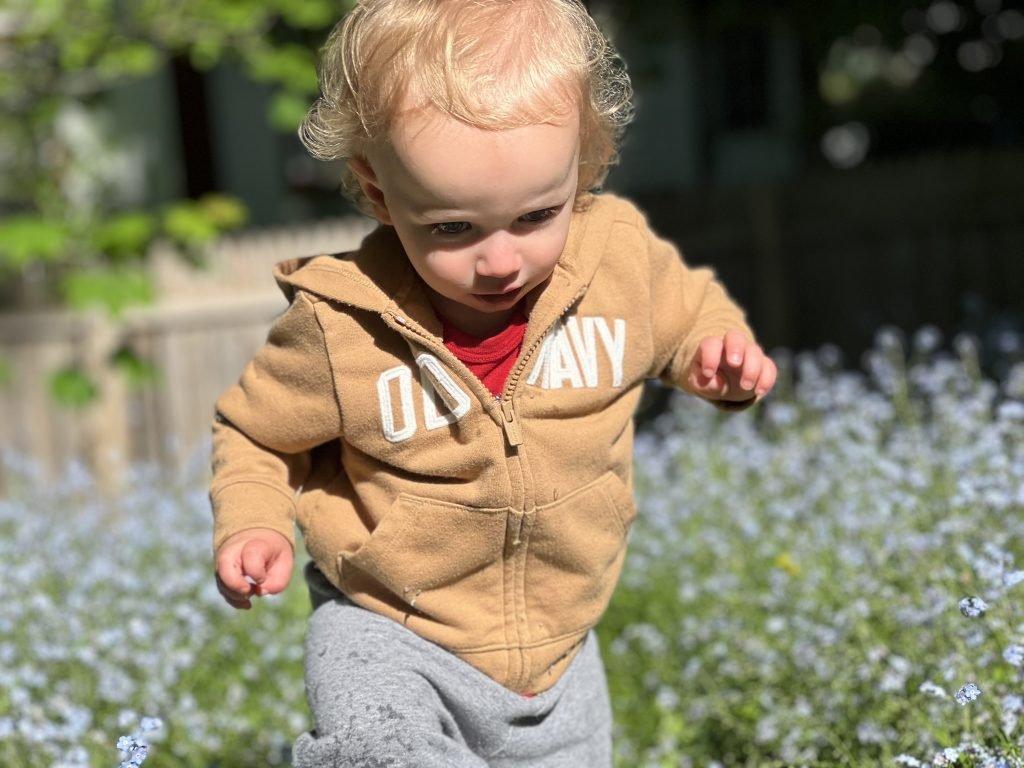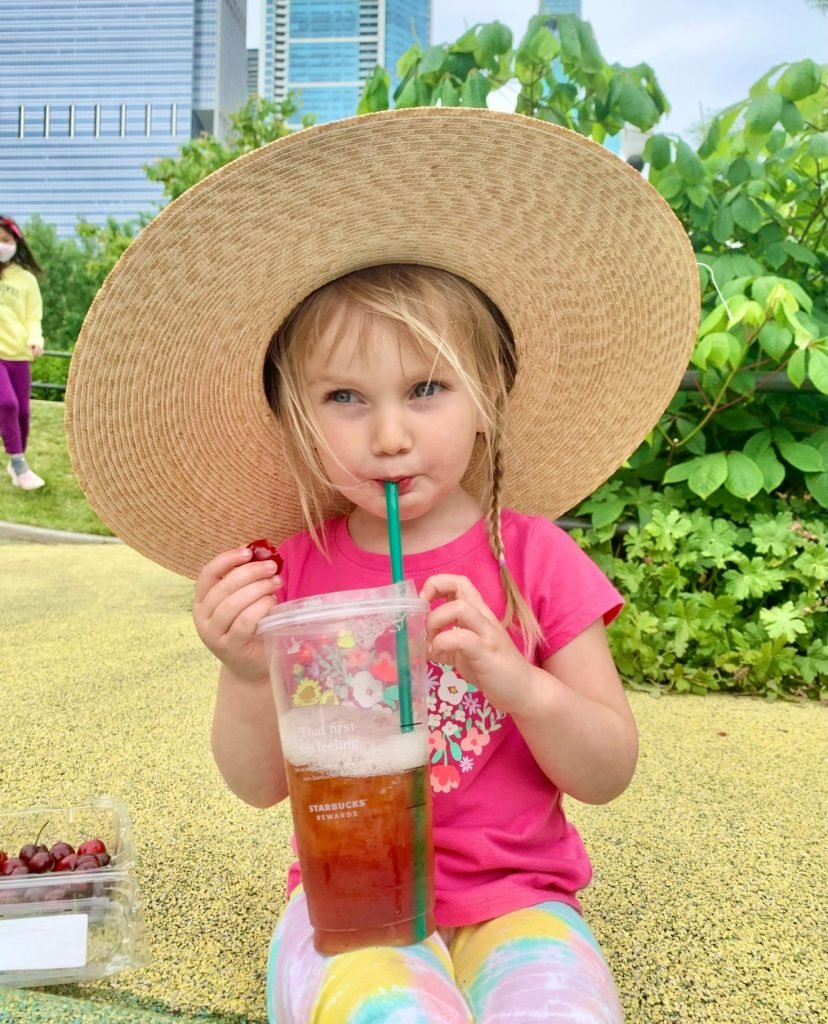Toddler water bottles go everywhere — the car, daycare, playground, and sometimes the floor of the bathroom. That makes regular cleaning more than just a chore — it’s essential for your child’s health.
As a dad who’s dealt with moldy straws and sour-smelling lids, I’ve learned (sometimes the hard way) how to keep bottles clean, safe, and ready for daily use. In this guide, I’ll walk you through the simple steps, tools, and habits that make cleaning easier — and bottles last longer.
Sometimes, the simplest moments hold the deepest wisdom. Let your thoughts settle, and clarity will find you. Use this quote space to share something inspirational or reflective, perfectly aligned with the theme of your article.

1. Disassemble Every Piece — Every Time
Most toddler bottles have multiple parts: lids, straws, valves, spouts, seals. Bacteria love to hide in tight corners and under rubber gaskets.
Tip:
After each use, take apart every component and rinse immediately. If you wait until the end of the day, dried milk or juice becomes a sticky nightmare.
2. Use the Right Cleaning Tools
Forget scrubbing with just a sponge — you’ll need a few specific tools:
- Bottle brush (long with a wide tip)
- Straw brush (narrow, pipe-cleaner style)
- Small brush or Q-tip for valves and spouts
- Drying rack (optional, but helpful)
Tip:
Pick up a baby bottle cleaning kit — they work perfectly for toddler bottles too.
3. Avoid These Common Mistakes
Missing hidden mold: Look under silicone rings and inside straw tips regularly.
Dishwasher-only cleaning: Not all parts get fully clean in the dishwasher — especially straws and valves.
Letting bottles sit too long: Letting half-finished drinks sit in a bag for 12 hours invites bacteria and odors.4. Deep Clean Weekly
Once a week, give the bottles a deeper soak. Here’s a quick method:
Simple Deep Clean Soak:


- Fill a bowl with warm water + 1 tablespoon of baking soda or white vinegar
- Soak all parts for 30–60 minutes
- Scrub and rinse thoroughly
- Air-dry completely
This helps eliminate lingering odors, milk film, or bacteria buildup.
🔹 5. Replace Worn or Stained Parts
Even the best bottles wear down. If the straw is cloudy, the lid is loose, or you see black spots that don’t scrub off — toss and replace. Most major brands offer replacement parts.
🔹 6. Store Dry and Assembled (But Not Airtight)
Once dry, store bottles loosely assembled to keep dust out — but don’t seal them airtight if they’re even slightly damp, or you risk mold growth.
Conclusions
Keeping toddler water bottles clean isn’t complicated — it just takes consistency and the right tools. A few good habits can save you time, money, and worry in the long run.
And if you’re still looking for bottles that clean easily and hold up to daily use, check out my top picks in the Best Toddler Water Bottles of 2025 →
Affiliate Disclosure: This post contains affiliate links. As an Amazon Associate, we may earn from qualifying purchases — at no extra cost to you.


Leave a Reply